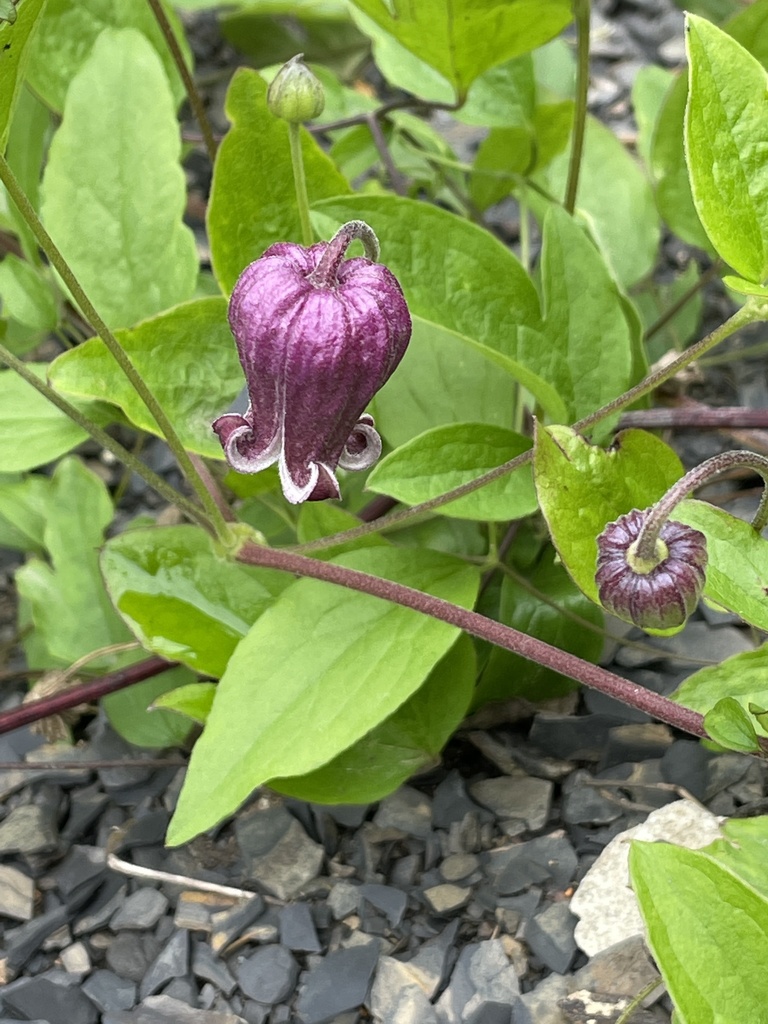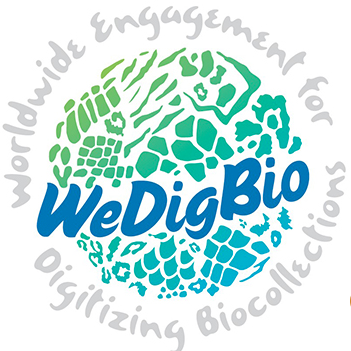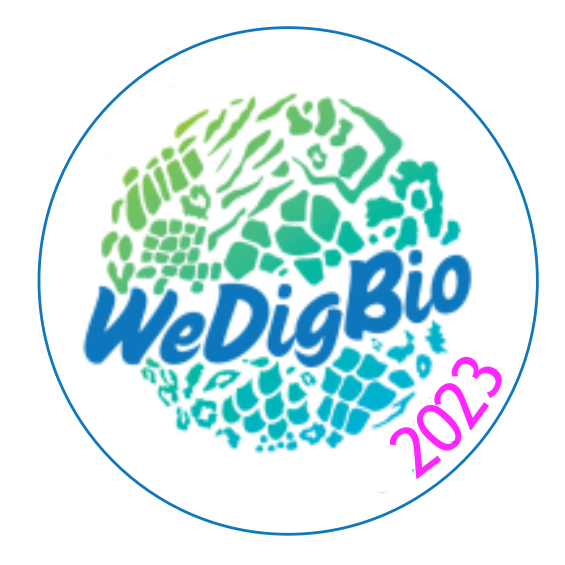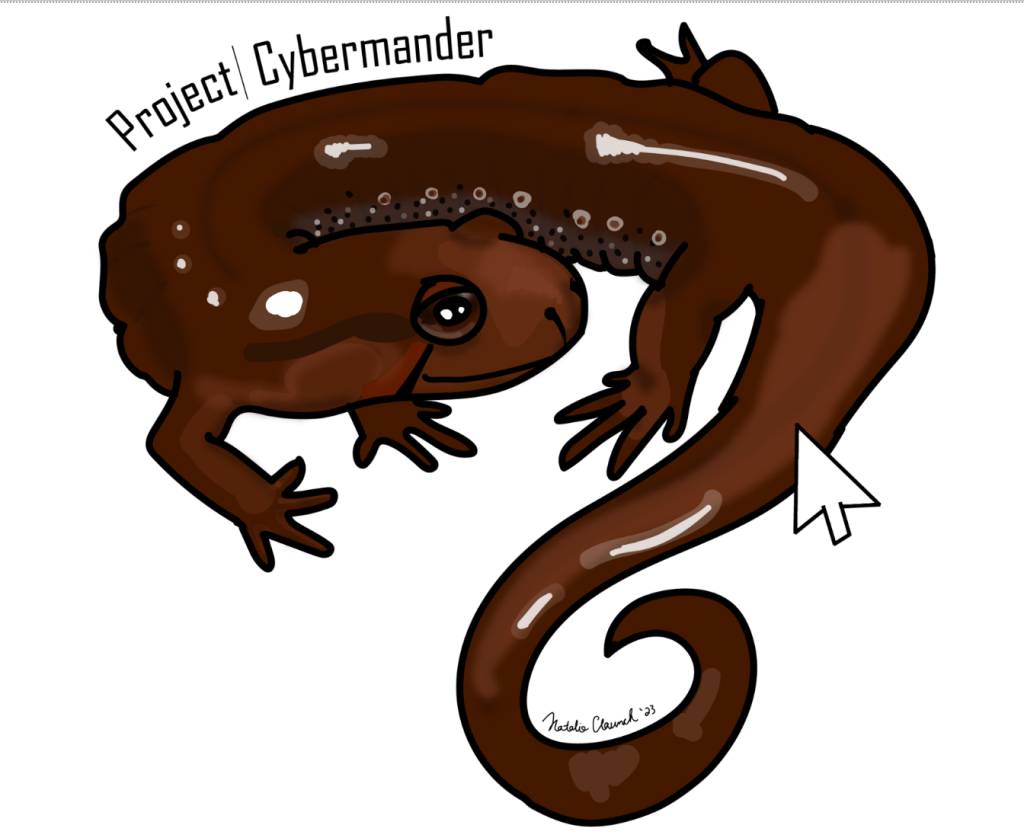Happy Earth Day, Happy Anniversary to us and Thank You!
Happy Earth Day. This is a very special day at Notes from Nature as it’s our 11th anniversary! We first launched Notes from Nature on Earth Day 2013 and we are beyond grateful to still be here today.
We are so thankful for all the support of our colleagues, the National Science Foundation and most of all our volunteers! Whether you stopped by once or have been with us for years, we literally won’t be here without you and your support. Thank you.
We just wrapped another amazing WeDigBio. Notes from Nature received over 14,000 classifications during the event. Thank you to all the event organizers, symposium and presenters. Note that the next WeDigBio event is scheduled for October 10 – 13 2024.
As always there is more work to be done, so please stop by Notes from Nature when you can and help us spread the word.
– The Notes from Nature Team
WeDigBio – April 18-21 2024
We are looking forward to the next WeDigBio, which is less than 2 weeks away! The event takes place April 18-21, 2024. There is still time to get involved, so please reach out if you are interested or have any questions at all about the event.
The WeDigBio symposium for this event will focus on youth, young professionals and their inspirational career paths into science and in particular experience with natural history collections. More details to come soon.
Looking forward to it,
The Notes from Nature Team
Terrestrial Parasite Tracker – Price Collection of Parasite Research
If you’re watching wildlife from your kitchen window, you are witnessing several levels of biodiversity that cannot be seen through binoculars. Birds and mammals are hosts to many parasites that live amongst their fur and feathers—lice, fleas, flies, ticks and mites. Yet scientists are just scratching the surface of the world of parasites. Millions of specimens are sitting in museums all over the world, but a lack of digital records make them hard to find and study.
Thanks to Terrestrial Parasite Tracker volunteers at Notes from Nature, thousands of these specimens are now available to everyone. Transcription of microscope slides of lice and fleas from the Price Collection of Parasite Research at the University of Utah began at the beginning of the pandemic, and finished this month. Over 22,000 slides that have been digitized, representing specimens from over 80 countries. Throughout these digital expeditions, volunteers have pointed unique specimens that caught their interests – here are a few:
A louse from Fordlandia, which at the time the louse was collected was a rubber plantation in Brazil run by the Ford Motor company (https://www.gbif.org/occurrence/2632420706).
One of the oldest specimens in the collection is a louse from an Oriental Pied Hornbill. The Hornbill was added to the collection of the American Museum of Natural History in 1884. This bird specimen was later examined by Dr. Elbel for ectoparasites, which is when these lice were found and preserved (https://www.gbif.org/occurrence/3030073403).
The digitization of these collections also allows us to see the impact of world events on parasite discovery. Perhaps not surprisingly, very few parasites were added to this collection during World War II. Notably, however, the flea (https://www.gbif.org/occurrence/3806588529) was collected in Okinawa, Japan in April of 1945, and many of the species in the collection were identified by or described by K.C. Emerson, who was in the US military and survived the Bataan Death March as a prisoner of war in the Philippines. Types of some of the lice he described later in his life are in the PIPR collection (https://www.gbif.org/occurrence/2632420789).
It’s not all old news. There are still many undescribed species in the collection. In fact, if you watched a House Finch before the year 2019, you were probably also watching a species unknown to science (https://www.gbif.org/occurrence/3030072533). This new species Brueelia thorini (along with new species on Purple Finches, American Goldfinches, and Evening Grosbeaks) were described in my lab from specimens in this collection.
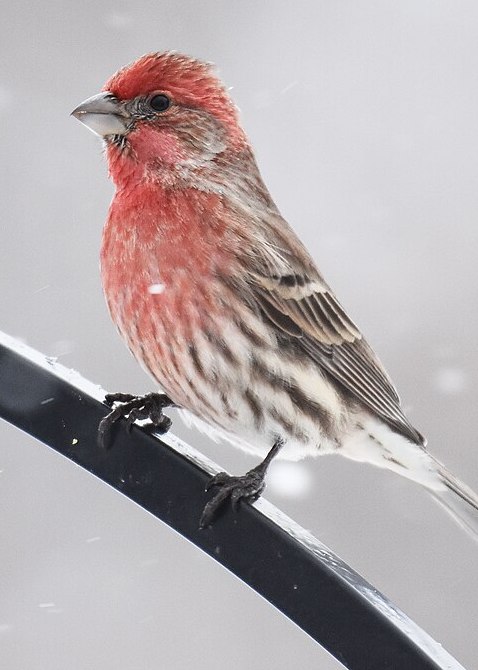
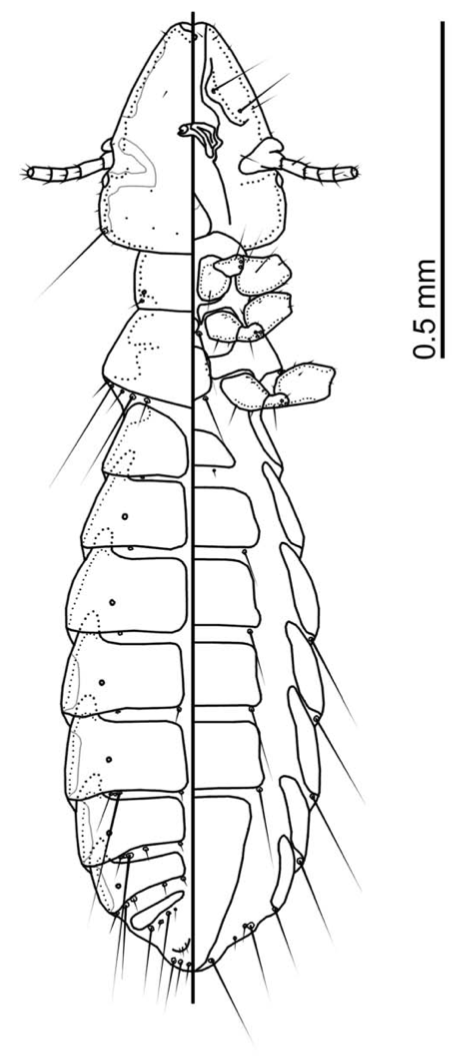
Right: House Finch (Wikimedia Commons: lwolfartist), Left: Line drawing of Brueelia thorini (drawing by Daniel Gustafsson)
Thank you all for contributing to this project to understand the diversity of parasites old and new, from the far corners of the earth and from our very own back-yards. We could not have done this without you!
— Sarah E. Bush, Ph.D.
Price Collection of Parasite Research, University of Utah
Lichen Tales, Bryophyte Trails: The Next Chapter Awaits!
Hello friends!
We’re thrilled to announce that you diligent Notes from Nature – Capture the Collections transcribers have created a beeyoootiful, complete dataset for our holdings of lichens from the Hudson Bay Lowlands! It’s currently being prepared for upload to data repositories online, and we’ll share the link as soon as we can.
In the meantime, we have been using the coordinates you all have transcribed from the specimen labels to start a lichen collection map (Figure 1) of the Hudson Bay Lowlands (HBL). This map showcases a group of 2,253 lichen specimens from the Hudson Bay Lowlands. These specimens had their label coordinates transcribed by fantastic Zooniverse volunteers or by past efforts. And, this is less than half of the records that will be mapped in total: the collectors of almost 3000 HBL lichen specimens in the National Herbarium of Canada did not record coordinates on their labels, which means that coordinates must be determined from the descriptive locality information those collectors *did* record. We’re gearing up to start this georeferencing step real soon!
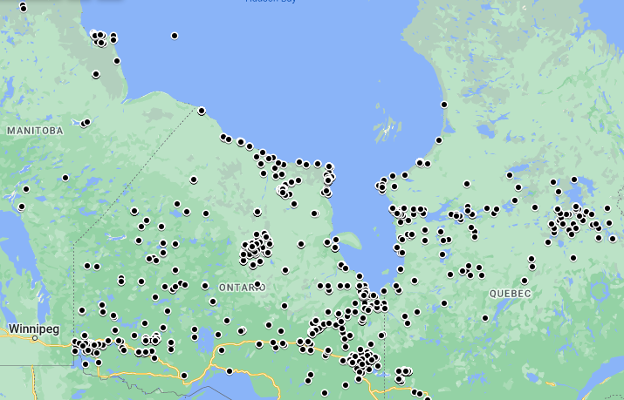
The Plant Places workflow – for locality information from vascular plant specimens – is over 50% complete! Together with data from other sources, including herbarium holdings and field work, all these mapped occurrence records for plants and lichens will help identify, geographically, areas of biodiversity significance and knowledge gaps. Thank you to everyone who has helped so far!
Breaking News!
We have three new workflows on the horizon. Thanks to tremendous effort by excellent student staff, 3712 moss and liverwort specimens will soon be ready to upload for transcription. These new workflows – Whodunit?: Bryophyte collectors, Home Sweet Habitats: Bryophytes, and Moss Mapping – will be like previous workflows for Vascular plants and lichens, with slight tweaks to improve task descriptions and make them easier to do overall. We hope you enjoy them!
Once again, thank you immensely for your time. Every transcription helps the herbarium to become a better resource for understanding this unique region of Canada. Please explore our new Bryophyte workflows launching January 15, 2024.
Your friends,
Kim, Lyn and Jennifer
https://www.zooniverse.org/projects/cmnbotany/notes-from-nature-capture-the-collections
Bonjour les amis !
Nous sommes ravis d’annoncer que vous, l’équipe de transcription assidue de Notes de la nature – Capturer les collections, avez créé un ensemble de données complet et ma-gni-fi-que pour nos collections de lichens des basses-terres de la baie d’Hudson ! Celui-ci est présentement en préparation pour se faire télécharger dans des dépôts de données en ligne. Nous partagerons le lien dès que possible.
Entre-temps, nous avons utilisé les coordonnées que vous avez toutes transcrites à partir des étiquettes des spécimens pour créer une carte de la collection de lichens (figure 1) des basses-terres de la baie d’Hudson (BTBH). Cette carte présente un groupe de 2 253 spécimens de lichens des basses terres de la baie d’Hudson. Les coordonnées des étiquettes de ces spécimens ont été transcrites par de fantastiques bénévoles de Zooniverse ou par des efforts antérieurs. Il s’agit de moins de la moitié des spécimens qui seront cartographiés au total : les collectionneurs de près de 3 000 spécimens de lichen des HBL conservés à l’Herbier national du Canada n’ont pas inscrit de coordonnées sur leurs étiquettes, ce qui signifie que les coordonnées doivent être déterminées à partir des informations descriptives sur la localité que ces collectionneurs ont *inscrites*. Nous nous préparons à commencer cette étape de géoréférencement très bientôt !
Figure 1. Cette image montre les points de collecte de nos spécimens de lichens. Elle met en évidence les zones de collecte actives et celles pour lesquelles les données manquent. Elle indique également les coordonnées qui doivent être vérifiées, comme le point situé dans les eaux de la baie d’Hudson.
Le flux de travail Localités de plantes vasculaires – pour les informations sur les localités à partir de spécimens de plantes vasculaires – est achevé à plus de 50 % ! Avec les données provenant d’autres sources, y compris les fonds d’herbiers et les travaux de terrain, toutes ces données cartographiées sur les plantes et les lichens permettront d’identifier géographiquement les zones importantes pour la biodiversité et les lacunes en matière de connaissances. Merci à tous ceux qui nous ont aidés jusqu’à présent !
Nouvelles en primeur !
Trois nouveaux flux de travail se profilent à l’horizon. Grâce aux efforts considérables de stagiaires aux études, 3 712 spécimens de mousses et d’hépatiques seront bientôt prêts à être téléchargés à des fins de transcription. Ces nouveaux flux de travail – Whodunit? : Les collecteurs de bryophytes; Bien dans son habitat ! : Bryophytes; ainsi que Cartographie des mousses – seront semblables aux flux de travail précédents portant sur les plantes vasculaires et les lichens, moyennant de légères modifications pour améliorer les descriptions des tâches afin de faciliter leur exécution en général. Nous espérons que vous les apprécierez !
Une fois de plus, nous vous remercions pour le temps que vous nous avez consacré. Chaque transcription aide l’herbier à devenir une meilleure ressource pour comprendre cette région unique du Canada. Nous vous invitons à découvrir nos nouveaux flux de travail sur les bryophytes qui seront lancés le 15 janvier 2024.
Vos amis,
Kim, Lyn and Jennifer
https://www.zooniverse.org/projects/cmnbotany/notes-from-nature-capture-the-collections?language=fr
WeDigBio 2023 – Thank you
We closed out WeDigBio October 2023 with over 11,100 classifications. Thanks to all that made it possible! We sincerely appreciate all the symposium talks, onsite and virtual events, everyone that stopped by Notes from Nature and helped us spread the word.
There are still lots of expeditions from a wide variety of organisms available on our site. As always feel free to contribute anytime and help by spreading the word.
— The Notes from Nature Team
WeDigBio so far
It’s been an exciting October WeDigBio so far. Notes from Nature has received over 6,000 classifications in the past two days. Thanks to all that attended the symposium on hyperlocal collections.
We are particularly excited about the support our new projects have received. Capture the Collections (plants and lichens from Canada) has been very popular and even completed it’s first expedition! Please give it a try it a try.
We also launched a very cool Salamander project called Cybermander. This is an important study that helps us understand thermoregulation habits of amphibians. Please check it out if you can.
We hope you enjoy day 3 of WeDigBio and please help us spread the word.
— The Notes from Nature Team
Introducing: Project Cybermander!
Amphibians worldwide are at risk of disease caused by chytrid fungal pathogens, which have caused drastic declines in some species. There are two main disease-causing members of this group- Batrachochytrium dendrobatidis or Bd and Batrachochytrium salamandrivorans (also known as Bsal). While Bd is endemic to the US- that is, it is present in the US and has not been implicated in large population declines- Bsal is not yet present in the wild in the US. The potential emergence of Bsal in the USA threatens salamander populations, as the US (and specifically, the Appalachian mountains) contains the highest diversity of salamander species in the world. Many of these species belong to a family of salamanders that do not have lungs (Plethodontidae)- so they rely solely on their skin to breathe. Because these fungal pathogens attack the skin (the species name of Bsal, salamandrivorans, literally translates to “salamander-eating”), these lungless salamanders are especially at risk if infected with these chytrid fungi.
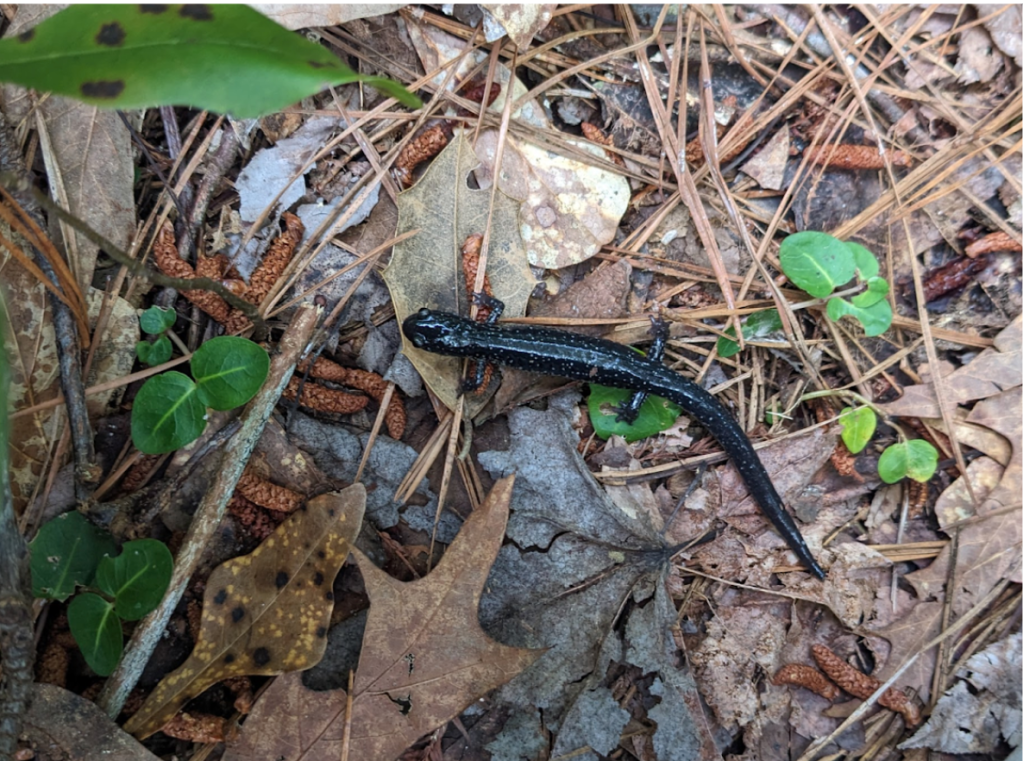
Several studies have been conducted to evaluate disease risk of Bsal in the laboratory with many species, but most are conducted at a single temperature, optimum for the growth of Bsal. These controlled experiments are important, but do not account for how salamanders may behave in the wild, when they have access to different thermal environments. Salamanders are ectotherms- meaning their body temperature changes based on their environment. Some would call this “cold-blooded”, but they are only “cold-blooded” in cold places; when they are in warmer microhabitats they are warm!
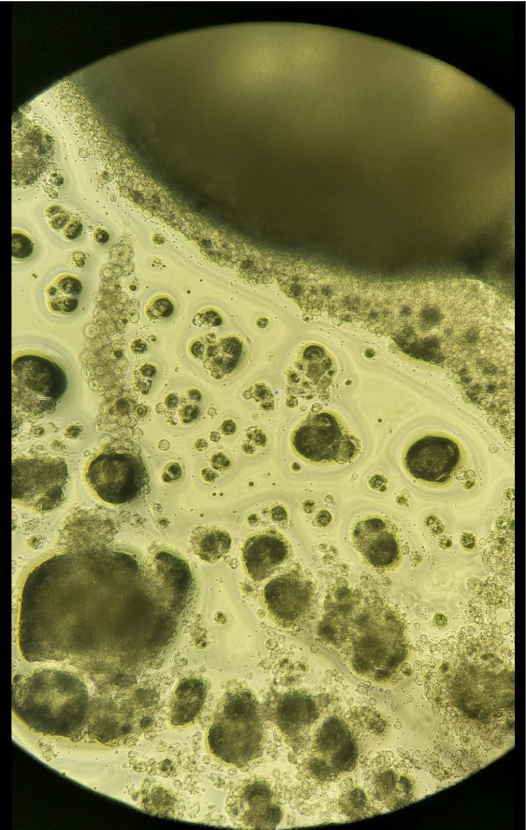
Little is known about thermoregulation habits of amphibians (how and when they decide to choose different temperatures), especially salamanders, so it is important to fill gaps in this knowledge to make disease-risk projections. This experiment aims to characterize the behaviors of salamanders that are exposed to the fungal pathogen Batrachochytrium salamandrivorans, or Bsal. This is a component of a multi-part project supported by National Science Foundation Postdoctoral Research Fellowships in Biology Program under Grant No. 2109663 to Dr. Natalie Claunch in collaboration with Dr. Ana Longo and Dr. Rob Guralnick at University of Florida. This project was conducted under approved permits and animal care and use committee protocols.
This is where we can use your help as a member of Zooniverse and as a community scientist in Project Cybermander. We have collected image data of salamander behavior in an experiment where some individuals have access to thermal gradients, and some individuals are exposed to a pathogen. Our objective, with your help, is to classify the position of salamanders in their enclosure. These data will help us understand how salamanders behave when they have access to thermal differences in their environment, and how they behave with and without thermal gradients after pathogen exposure. Then, we can apply this information to make more accurate predictions about disease susceptibility. We are so excited to have you on the Project Cybermander team!
New Project – Capture the Collections!
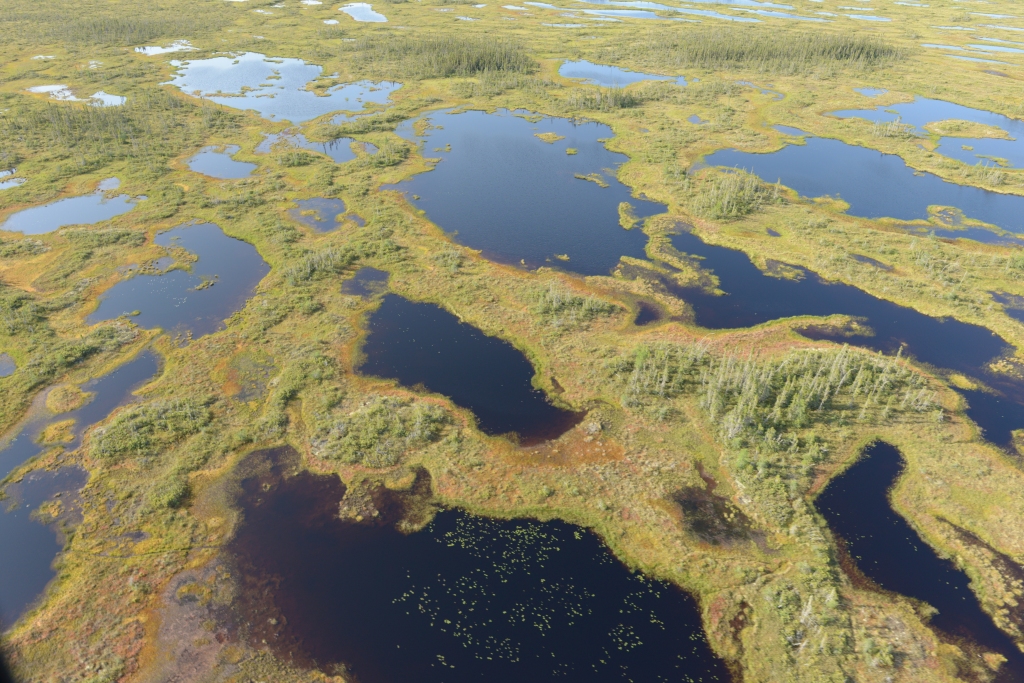
We are thrilled to announce our newest digitization project: “Notes from Nature – Capture the Collections!”
We’re also excited to be rolling out our first set of workflows under the banner “Letters from Lowlands – Flora of the Hudson Bay Lowlands.”
In partnership with Parks Canada, we are imaging vascular plant, lichen, and bryophyte specimens collected in the Hudson Bay Lowlands region of Canada. Transcribing data from these images allows people to find and use the incredible wealth of information these specimens hold. By participating in the project, you’ll contribute to enhancing the understanding of plant and lichen biodiversity in this region, providing valuable information for future research and land use decisions.
The transcribed data will be shared publicly worldwide through data repositories like GBIF and the CreeGeoHub.
Some of you might remember the Canadian Museum of Nature team from our previous Zooniverse project, Expedition Arctic Botany, which concluded in 2021. We’re now delighted to have a new home on Zooniverse, with space to host all our upcoming community science projects. Follow “Capture the Collections” and all our future initiatives here: https://www.zooniverse.org/projects/cmnbotany/notes-from-nature-capture-the-collections
We’re excited to collaborate with you on this project!
Best regards,
Kim, Lyn, and Jennifer
Francais (DeepL):
Bonjour à tous,
Nous sommes ravis d’annoncer notre nouveau projet de numérisation : “Notes de la nature – Capturer des collections !”
Nous sommes également ravis de lancer notre premier ensemble de flux de travail sous la bannière “Lettres des basses terres – Flore des basses terres de la baie d’Hudson.”
En partenariat avec Parcs Canada, nous prenons des images de spécimens de plantes vasculaires, de lichens et de bryophytes collectés dans la région des basses terres de la baie d’Hudson au Canada. La transcription des données de ces images permet aux gens de trouver et d’utiliser l’incroyable richesse d’informations que contiennent ces spécimens. En participant à ce projet, vous contribuerez à améliorer la compréhension de la biodiversité des plantes et des lichens dans cette région, en fournissant des informations pour les recherches futures et les décisions relatives à l’utilisation des terres.
Les données transcrites seront partagées publiquement dans le monde entier, par l’intermédiaire de dépôts de données tels que le GBIF et le CreeGeoHub.
Certains d’entre vous se souviendront peut-être de l’équipe du Musée canadien de la nature lors de notre précédent projet Zooniverse, “Expedition Arctic Botany,” qui s’est achevé en 2021. Nous sommes ravis d’avoir un nouveau site sur Zooniverse, avec de l’espace pour accueillir tous nos projets scientifiques communautaires à venir. Suivez “Capturez les collections” et toutes nos initiatives futures ici : https://www.zooniverse.org/projects/cmnbotany/notes-from-nature-capture-the-collections?language=fr
Nous sommes ravis de collaborer avec vous sur ce projet !
Meilleures salutations,
Kim, Lyn et Jennifer
WeDigBio’s Symposium on Hyperlocal Biodiversity Collections
The WeDigBio Board is pleased to announce a 1-hour symposium entitled “Energizing Understanding of Biodiversity Close-at-Hand with Hyperlocal Collections” on October 13 from 2–3 PM ET (UTC -4). Hear from diverse perspectives on the roles of hyperlocal natural history collections in advancing biodiversity understanding and conservation, and join in the conversation.
2:00–2:05 Welcome! by Austin Mast (Florida State University)
2:05–2:20 Curating a truly reciprocal resource: the Polly Hill Arboretum Herbarium leverages its focus on local flora to foster mutual community support by Elizabeth Thomas (University of Georgia).
2:20–2:35 Building from your own backyard: Collections creation in high school as a foundation for research and museum science skills by Matthew Croxton (Lakeland Christian School’s RISE Institute).
2:35–2:50 Opportunities for hyperlocal collections in libraries—energizing local enthusiasm for biodiversity using citizen science library kits by Amy Osborne (Suwannee River Regional Library) and Austin Mast (FSU).
2:50–3:00 Panel Discussion
Additional Info:
Hyperlocal collections invite individuals, families, communities, and organizations to a greater understanding of, and personal responsibility for, their local biotas. These collections document such things as a school or library campus, a park, a rural county, and similar. Fostering and deepening relationships between hyperlocal collections and biodiversity research professionals represents a critical opportunity for science and conservation. These collections represent potential pockets of very high quality biodiversity data, given the intense focus on one location, as well as mechanisms to change the ethical calculations that individuals and communities apply to biodiversity (what has been described as “biodiversity mainstreaming”). Join us to hear about examples of hyperlocal collections in several contexts (including a small arboretum on Martha’s Vineyard, a high school, and a rural library) and to contribute to the conversation about the future of these important resources.
Register to join us for the event at:
The 4-day WeDigBio event runs from October 12–15, 2023, and will return in April and October, 2024. To learn more about WeDigBio, visit wedigbio.org. We’re here to help you make participation in WeDigBio a regular part of your organization’s outreach activities—just reach out to us at wedigbio@gmail.com.
Please share this announcement with others who might be interested in it—thanks!
WeDigBio: Save the date October 12 – 15
The next WeDigBio is a month away! The event will take place on 12-15 October 2023. People from all over the world join together to digitize specimen data and to celebrate biodiversity collections. We hope you join us!
This is a fun and festive weekend at NfN. We’ll have a “classifying blitz” online at Notes from Nature, where we’ll classify as many Subjects as we can during the event. There will be new expeditions, and some of our data providers will host events such as online talks, tours, and discussions (and possibly some in-person events as well), so you’ll have opportunities to meet them and learn about their work.
Please invite your family, friends, and colleagues to participate. They can support support biodiversity research by digitizing natural history collections data. You’ll be able to follow along by looking for the #WeDigBio hashtag on Twitter, Bluesky and Facebook.
— The Notes from Nature Team

